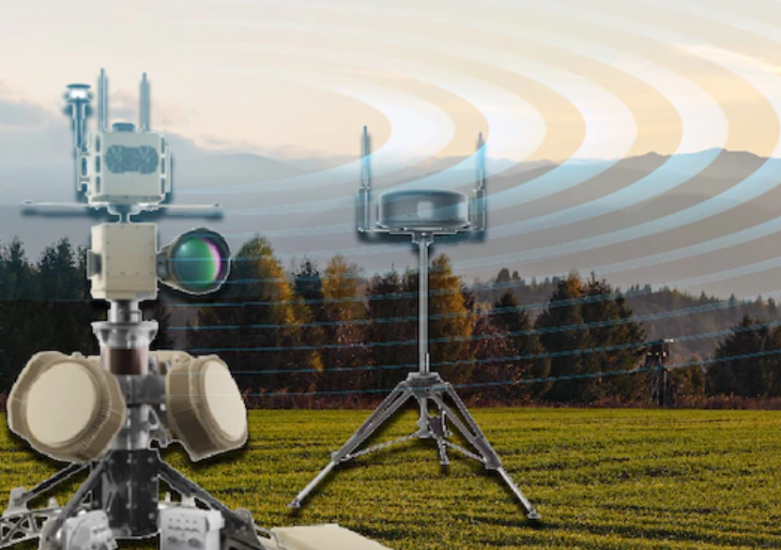The US Marine Corps is fielding the Installation-Counter small Unmanned Aircraft Systems (I-CsUAS) to protect Marine Corps installations by detecting, identifying, tracking and defeating small Unmanned Aircraft Systems (sUAS).
I-CsUAS features an integrated system equipped to carry out all phases necessary to counter small unmanned aerial systems such as commercially-available drones. The system will primarily provide a service to ensure Marines or security forces have the capability to defend installations against sUAS at all times.
Fixed Site Project Officer for Program Manager Ground Based Air Defense at PEO Land Systems Maj. Kyle Yakopovich said I-CsUAS is intended to defeat commercial Off-The-Shelf Group 1 and Group 2 UAS. I-CsUAS also provides detection, tracking and identification capabilities.
“The Marine Corps, and DOD in general, required the capability to defend against sUAS years ago,” said Program Manager for Ground-Based Air Defense at PEO Land Systems Don Kelley. “The threat of sUAS is only proliferating every day. The bottom line is, we need to provide this capability to our Marines as rapidly as possible.”
Yakopovich said: “What makes this system interesting is it fuses multiple modalities together into a single system. This allows us to more accurately detect, track and identify USA.” He said the program’s system is equipped with a few different components for better detection and ultimately, defense. The Long Range Sentry Tower is comprised of a radar system and an optical sensor, and works in conjunction with a passive Radio Frequency detection capability to present the operator with a visual depiction of the threat’s flight path.
While each of the towers’ sensor components are already widely in use, Yakopovich said I-CsUAS is special because it uses Machine Learning and Artificial Intelligence to constantly and autonomously analyze the sensor data faster and more accurately than a human operator. The system enhances the capability to detect, track, and identify the threat while reducing the amount of manpower previously required to perform these actions.
“In previous years, we had the same components: the radar, the camera and the RF detection,” Yakopovich said. “But it was time-intensive, training-intensive and manpower-intensive. You had to have a Marine dedicate all of that time if you wanted to have 24-hour, continuous coverage. Now, you can free up a Marine’s labor using the I-CsUAS, which will automatically alert the user if suspicious activity is determined.” He added the I-CsUAS also has a separate non-kinetic defeat capability that has proven itself capable in other programs within PM GBAD. Using this capability, a Marine who has detected an intruding sUAS is able to disrupt the sUAS communication link. This enables Marines operating the LRST-42 or LSTR-82 tower will be able to determine the drone’s point of origin.
PM GBAD’s Fixed Site Product Manager Jessica McCauley said the Marine Corps plans to use this technology to defend critical assets, following the requirement set forth in Title 10 of the U.S. Code, which outlines the role and responsibilities of our nation’s armed forces.
“The I-CsUAS protects the facility by detecting, tracking identifying the drone and empowering law enforcement to defeat it,” McCauley said. “We are delivering a system to select installations, providing them the ability to conduct that kill chain in order to protect critical assets against small UAS threats.”
For more information visit:




